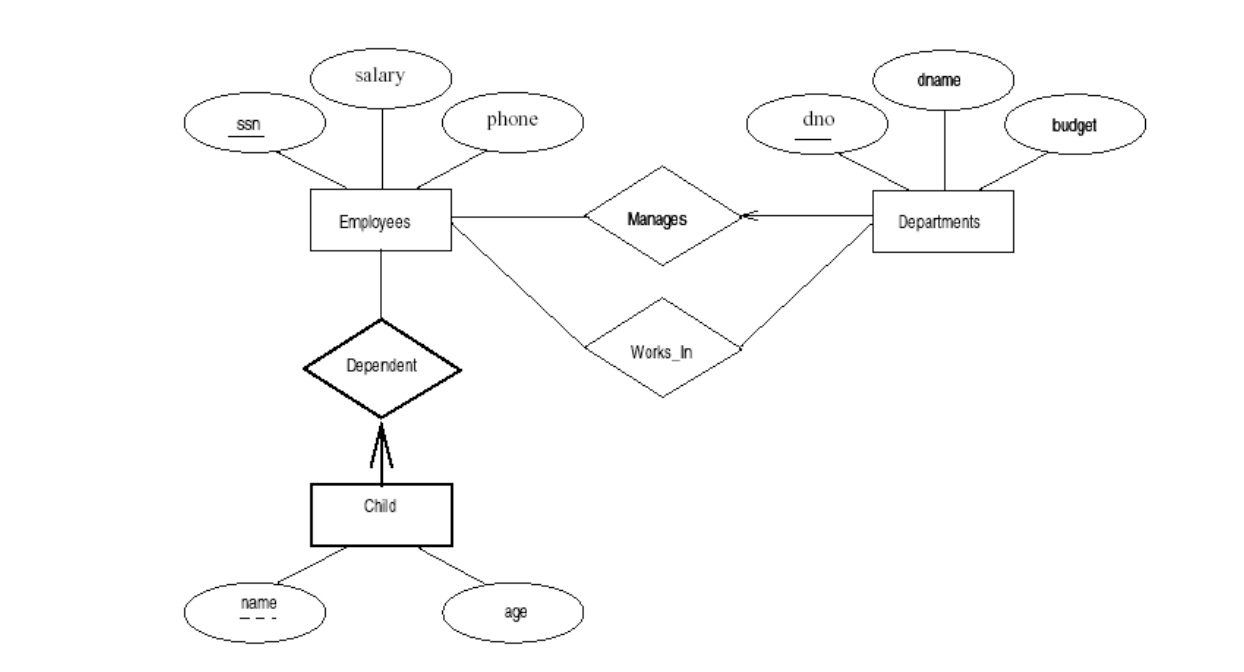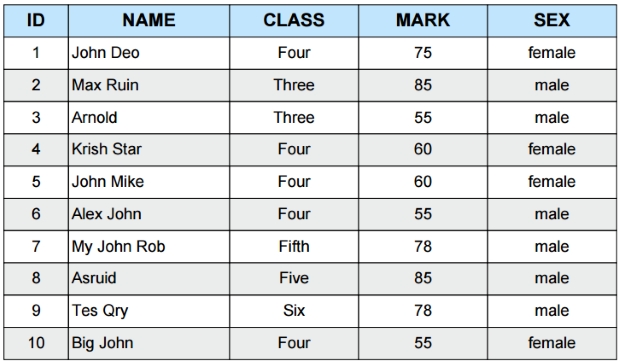
If you have uneven or complex schedules, note that Airflow will always consider the scheduled start time of the covered time interval as the execution_date. Object, which is set to the scheduled starting time of the interval that the current run is meant to cover.įor example, in the image below, you can see that a DAG is set to run every hour, starting at 00 and the first run would start at 01 but its execution date will be 00 which is the scheduled start time of the interval that it is meant to cover. The main place of confusion is the execution_date variable. The run for a time interval (chosen based on schedule) will start after that time interval has passed. In Apache Airflow you can specify the starting day for a DAG and the schedule with which you want it to run. INSERT INTO sample.input_data(input_text, datetime_created) You can follow along without setting up your own Airflow instance as well. We will be running a simple example using Apache Airflow and see how we can run a backfill on an already processed dataset. You can visualize the backfill process as shown below. How can I manipulate my execution_date using airflow macros ? How can I modify my SQL query to allow for Airflow backfills ? Most ETL orchestration frameworks provide support for backfilling.

you may want to add an additional column and fill it with a certain value in an existing dataset.you might realize that there is an error with your processing logic and want to reprocess already processed data.a change in some business logic may need to be applied to an already processed dataset.

This is a common use case in data engineering. are the fields of the existing table and the same would be used to create fields of the new table.Backfilling refers to any process that involves modifying or adding new data to existing records in a dataset. The basic syntax for creating a table from another table is as follows − Note − As it is a completely new table, any changes made in it would not be reflected in the original table. Furthermore, the new table would be populated using the existing values from the old table. Since its structure is copied, the new table will have the same column definitions as the original table. This can be done using a combination of the CREATE TABLE statement and the SELECT statement. Instead of creating a new table every time, one can also copy an existing table and its contents including its structure, into a new table. Now, you have CUSTOMERS table available in your database which you can use to store the required information related to customers. | SALARY | decimal(18,2) | YES | | NULL | | | Field | Type | Null | Key | Default | Extra | The table displayed contains the structure of the table created: column names, their respective data types, constraints (if any) etc. You can verify if your table has been created successfully by looking at the message displayed by the SQL server, otherwise you can use the EXEC sp_help command as follows −
Pgcli create table example code#
The following code block is an example, which creates a CUSTOMERS table with an ID as a primary key and NOT NULL are the constraints showing that these fields cannot be NULL while creating records in this table − The syntax becomes clearer with the following example. Then in brackets comes the list defining each column in the table and what sort of data type it is. The unique name or identifier for the table follows the CREATE TABLE statement. In this case, you want to create a new table. Syntaxįollowing is the basic syntax of a CREATE TABLE statement −ĬREATE TABLE is the keyword telling the database system what you want to do. Note that each table must be uniquely named in a database. The structure consists of the name of a table and names of columns in the table with each column's data type. Therefore, a single user-defined table can define a maximum of 1024 columns.Īn SQL query to create a table must define the structure of a table. Including tables, views, indexes etc., a database cannot exceed 2,147,483,647 objects.

However, a limit exists on the number of objects that can be present in a database. One can create any number of tables in an SQL Server database.

To create a table in SQL, the CREATE TABLE statement is used. SQL provides various queries to interact with the data by creating tables, updating them, deleting them etc. Here, a field is a column defining the type of data to be stored in a table and record is a row containing actual data. These structures are nothing but simple tables containing data in the form of fields and records. SQL, in relational databases, is used to store the data in the form of some structures.


 0 kommentar(er)
0 kommentar(er)
